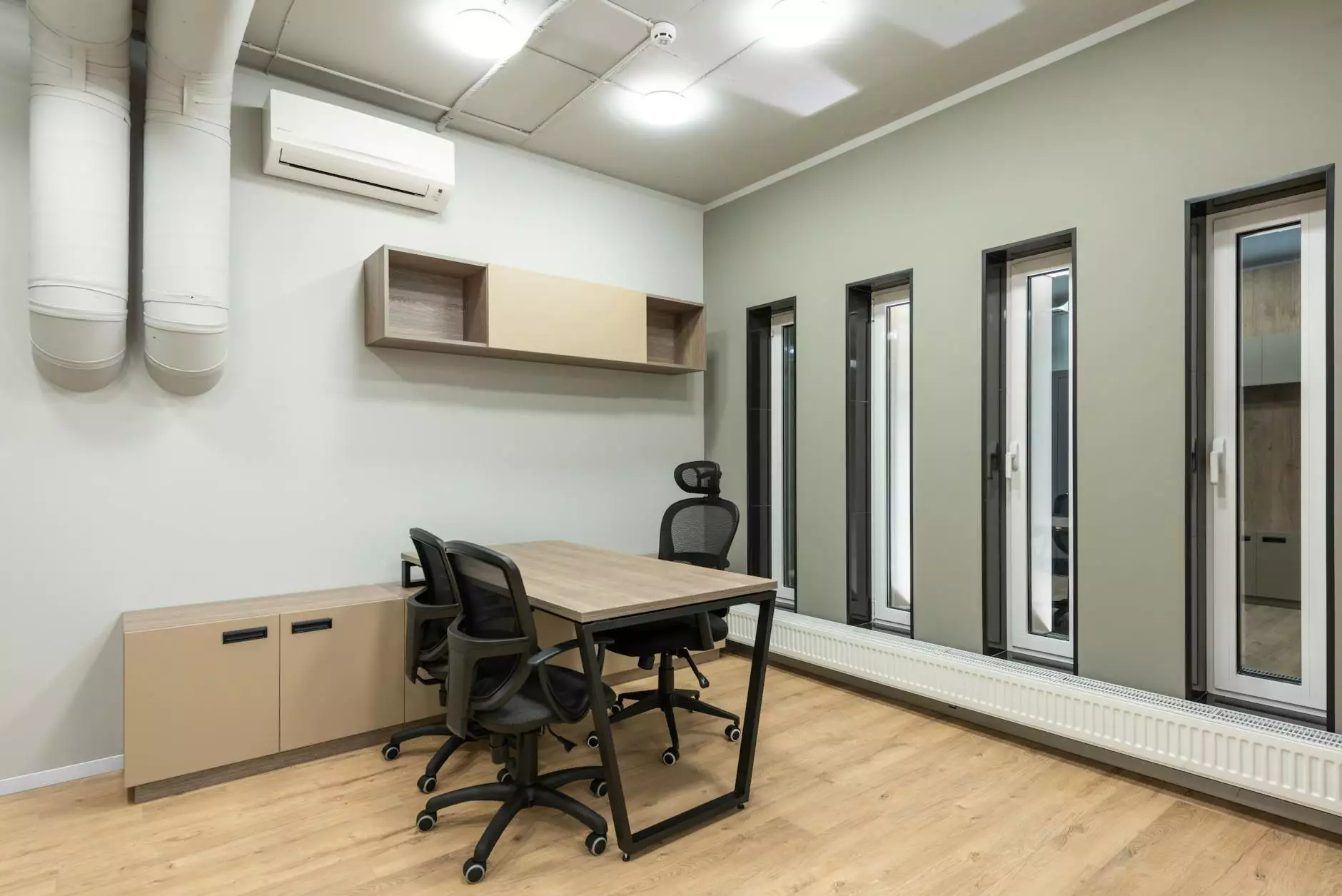CT Scan for Lung Cancer: A Comprehensive Guide

Lung cancer is one of the most prevalent forms of cancer globally, and early detection can significantly influence the treatment outcome. One of the most crucial diagnostic tools in the battle against lung cancer is the CT scan. This article will delve into the importance of CT scans in diagnosing lung cancer, how they work, what patients can expect, and the role they play in treatment planning.
What is a CT Scan?
A CT scan, or computed tomography scan, is a sophisticated imaging technique that combines X-ray technology with computer processing to create detailed cross-sectional images of the body. Unlike traditional X-rays, which produce flat images, a CT scan provides a more intricate view, allowing physicians to see structures inside the body with remarkable clarity.
The Role of CT Scans in Lung Cancer Diagnosis
When it comes to diagnosing lung cancer, CT scans are invaluable. They are often the first imaging modality used when a physician suspects lung cancer based on symptoms or abnormal findings from a routine X-ray.
Identifying Lung Nodules
CT scans are particularly effective in identifying lung nodules, which are small masses in the lung. These nodules can be benign or malignant, and determining their nature is critical to diagnosis. A CT scan allows doctors to assess the size, shape, and characteristics of these nodules, providing essential data that informs further testing or intervention.
Staging Lung Cancer
Once lung cancer has been diagnosed, CT scans play a vital role in staging. Staging refers to determining how far cancer has spread within the lungs and to other parts of the body. This information helps oncologists formulate an effective treatment plan tailored to the patient's specific situation. CT scans can showcase whether the cancer is localized, has spread to nearby lymph nodes, or metastasized to distant organs.
How is a CT Scan Performed?
A CT scan is a relatively quick and straightforward procedure:
- Preparation: Depending on the CT scan type, a patient may need to fast for a period or avoid certain medications.
- Positioning: Patients lie on a motorized table that slides into the CT scanner. It is crucial for patients to remain still to ensure clear images.
- Contrast Dye: In some cases, a contrast dye may be injected to enhance the visibility of blood vessels and tissues.
- Scanning: The machine rotates around the patient, capturing multiple images. A typical scan takes only a few minutes.
- Post-Scan: Patients may need to wait a short time while radiologists analyze the images, but usually, they can return to regular activities immediately.
What Patients Can Expect
Many patients worry about the radiation exposure associated with CT scans. While it is true that CT scans expose patients to more radiation than standard X-rays, the risk of developing cancer from this exposure is very small compared to the benefits of accurate diagnosis and treatment planning.
Patients undergoing a CT scan for lung cancer might also experience:
- Anxiety: It's natural to feel anxious about the results of a scan. Understanding the procedure and its purpose can help alleviate some concerns.
- Discomfort: Some patients may feel uncomfortable during the injection of contrast dye, but this is usually temporary.
- Clear Instructions: Technicians will provide clear instructions throughout the process, ensuring patients know what to expect at each step.
Interpreting CT Scan Results
After the CT scan, a radiologist will analyze the images and prepare a detailed report for the referring physician. This report typically includes:
- Nodule Characteristics: Size, shape, and location of any detected lung nodules.
- Presence of Tumors: Identification of primary and possibly secondary tumors.
- Other Findings: Assessment of lymph nodes and surrounding structures to determine staging.
Once the results are available, the referring physician will discuss them with the patient and outline the next steps based on the findings.
CT Scans and Treatment Planning
CT scans are not merely diagnostic tools; they also play a crucial role in treatment planning. Depending on the findings, the care team may:
- Determine Treatment Type: Based on the stage of the cancer, physicians can recommend surgery, chemotherapy, radiation, or a combination of therapies.
- Monitor Treatment Progress: Post-treatment scans can help assess how well the treatment is working. Reduction in tumor size or the number of nodules can indicate a positive response.
- Plan for Follow-Up: Regular CT scans may be scheduled to monitor for recurrence, allowing for timely intervention if necessary.
Advancements in CT Technology
As technology advances, so does the effectiveness of CT scans. Modern innovations include:
- Low-Dose CT Scans: These scans use lower amounts of radiation while maintaining high diagnostic quality, making them a preferred option for screening high-risk populations.
- Enhanced Imaging Techniques: Advanced software allows for better visualization and analysis of complex structures, reducing the need for biopsies in some cases.
- 3D Imaging: Some systems can create three-dimensional models from the 2D slices, providing a more comprehensive view of the lungs and surrounding areas.
Patient Support and Resources
Being diagnosed with lung cancer can be overwhelming. It’s essential for patients and their families to seek support, whether through counseling services, support groups, or educational resources. Effective communication with healthcare providers at facilities like hellophysio.sg can empower patients with the information they need to navigate their journey.
Conclusion
In summary, the CT scan for lung cancer is a vital tool that aids in early detection and effective treatment planning. As technology progresses, patients benefit from improved diagnostic accuracy and enhanced management options. If you or a loved one is concerned about lung cancer, consult your healthcare provider about the role of CT scans and other diagnostic methods. Remember, early interventions can make a significant difference in outcomes, and informed patients can take an active role in their health care.









